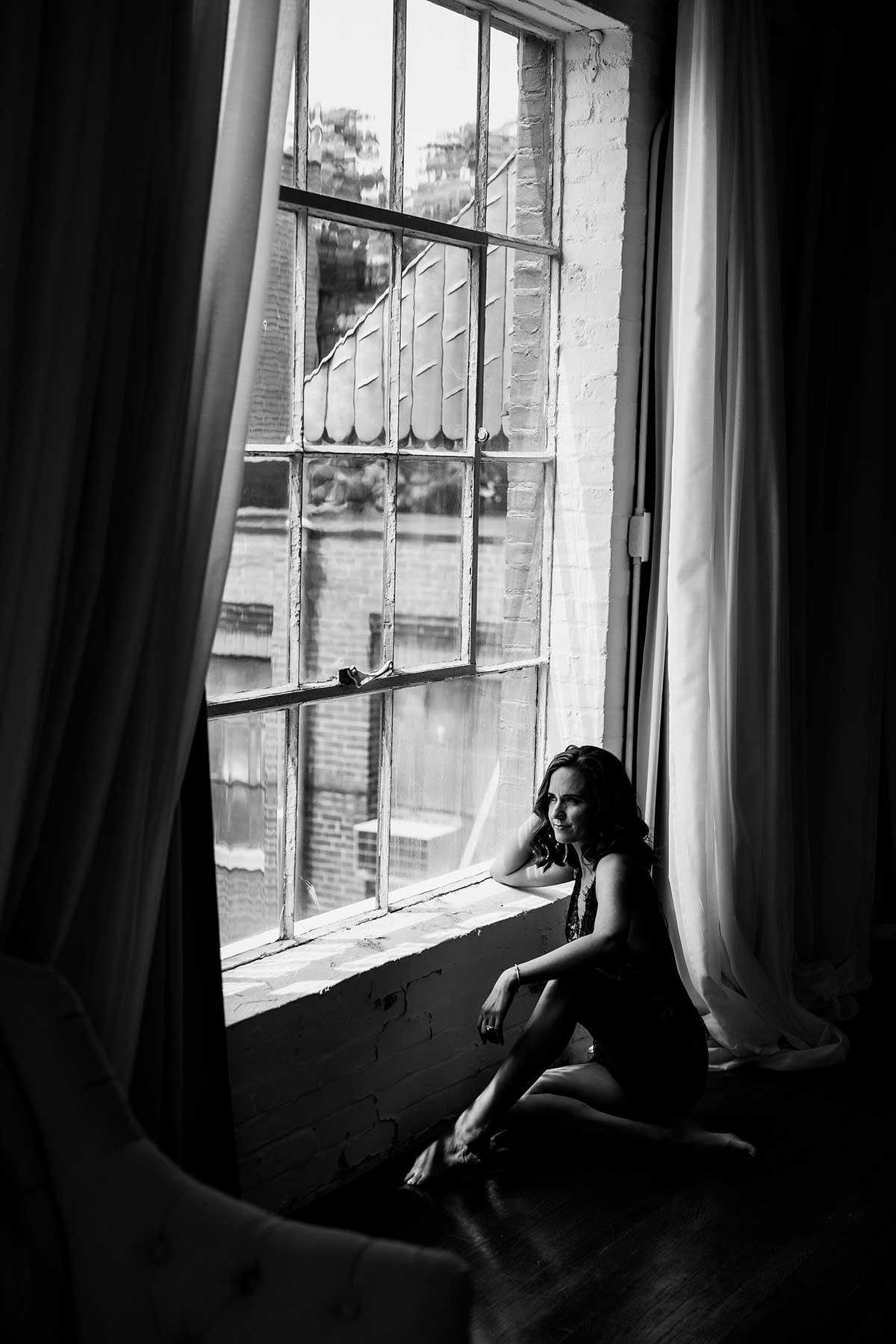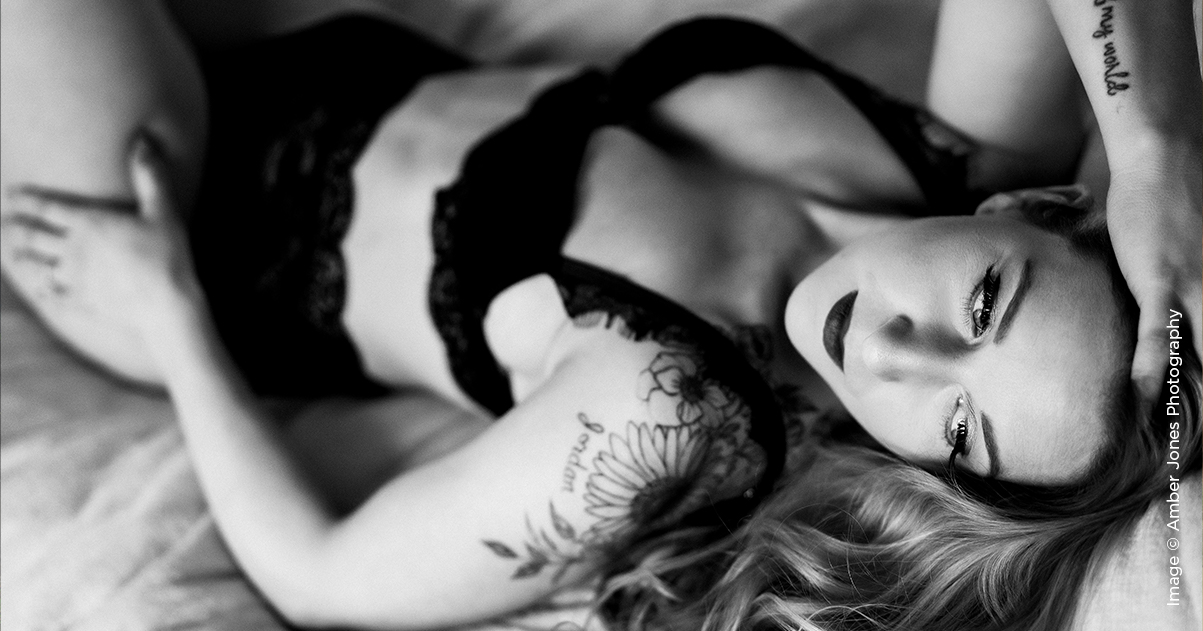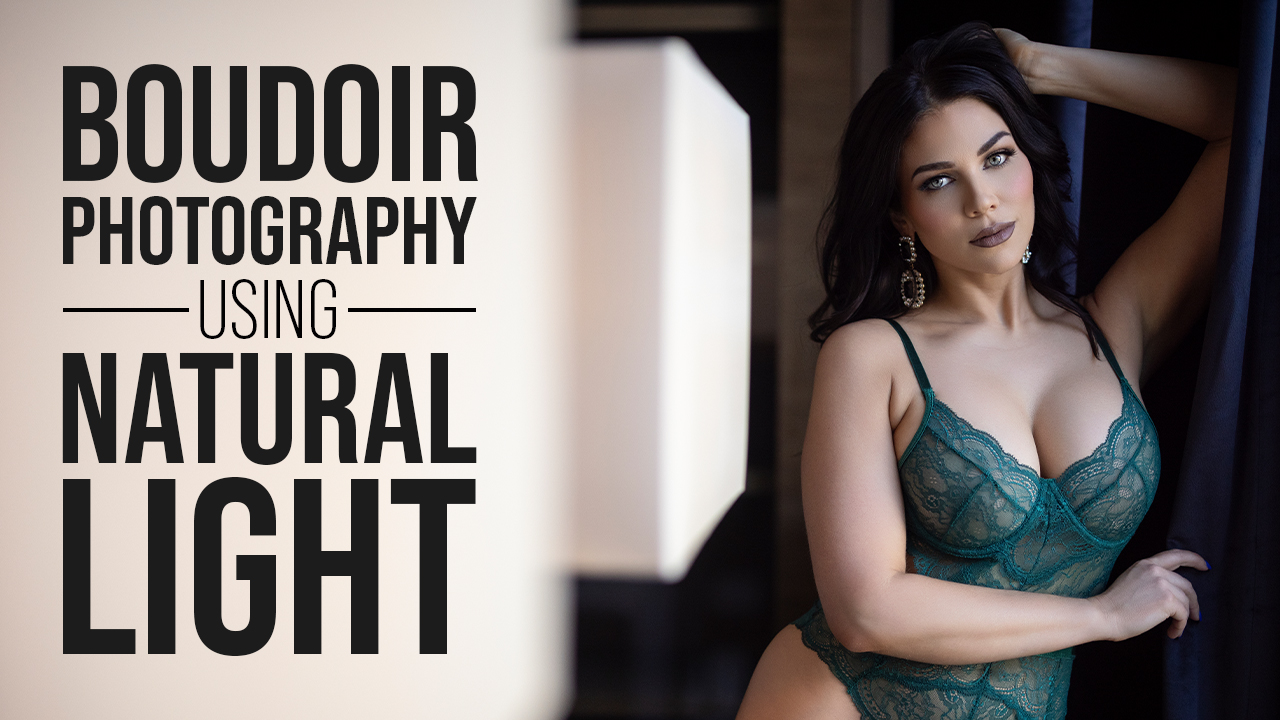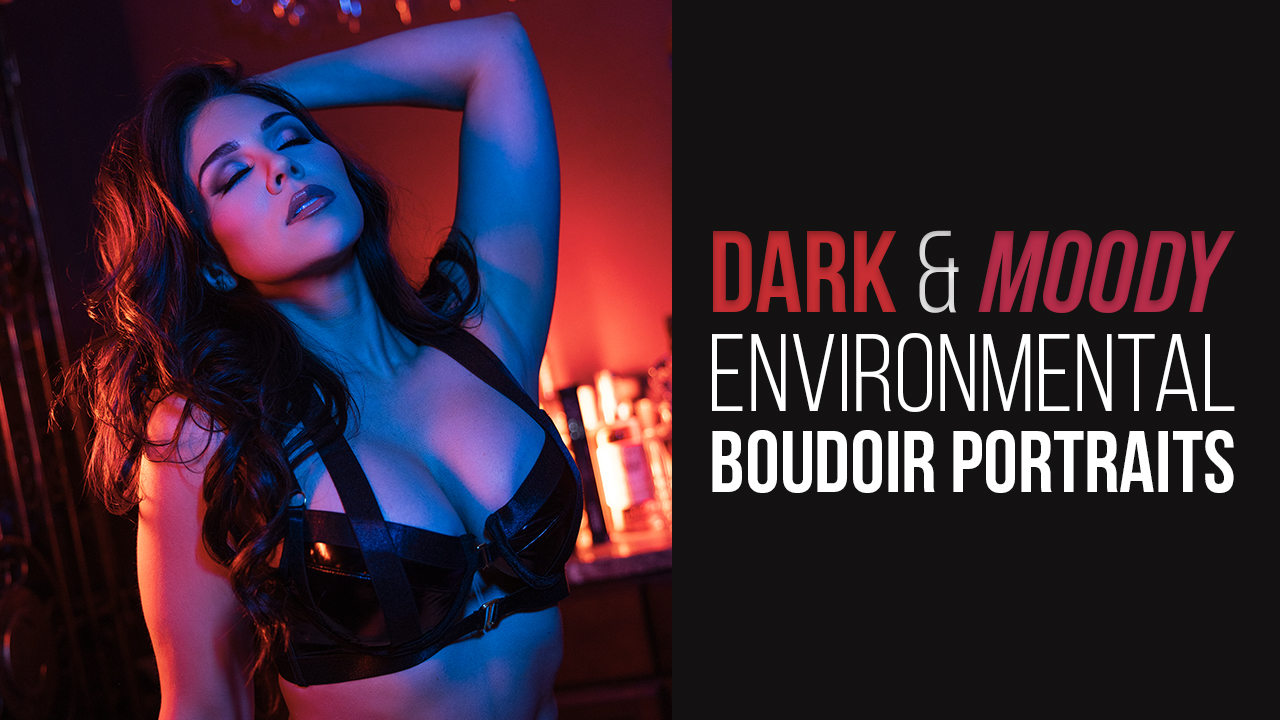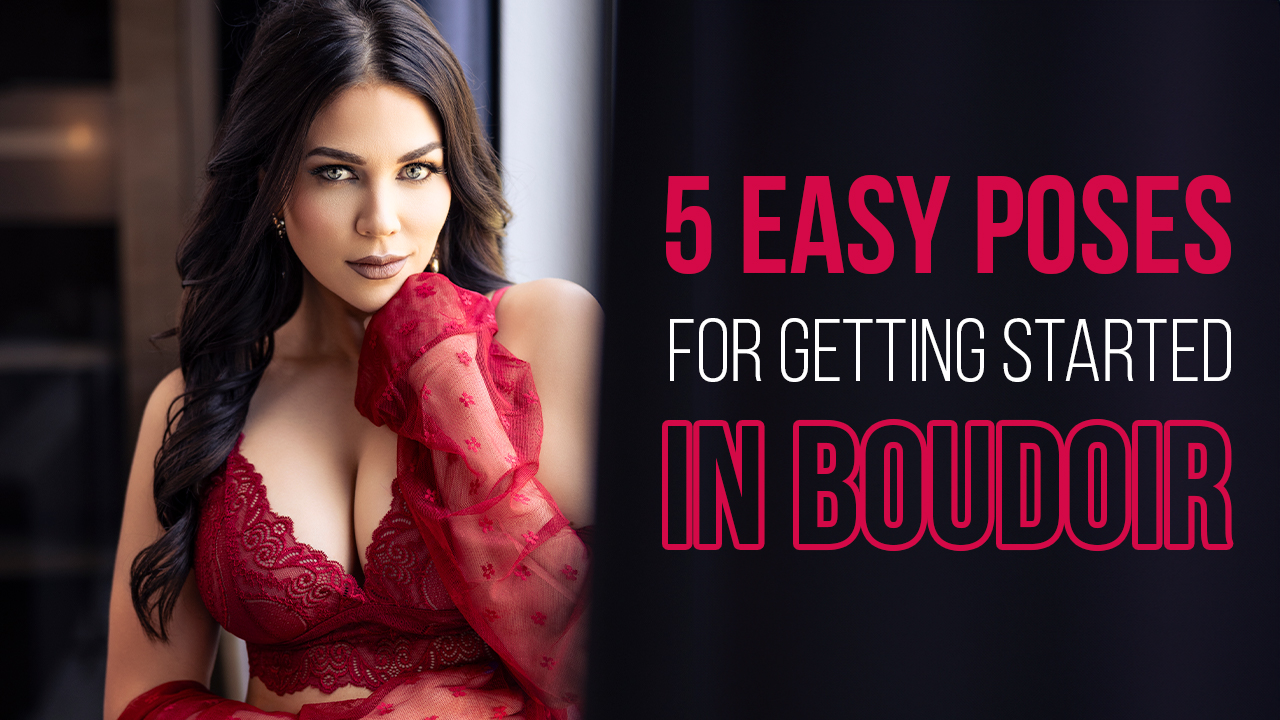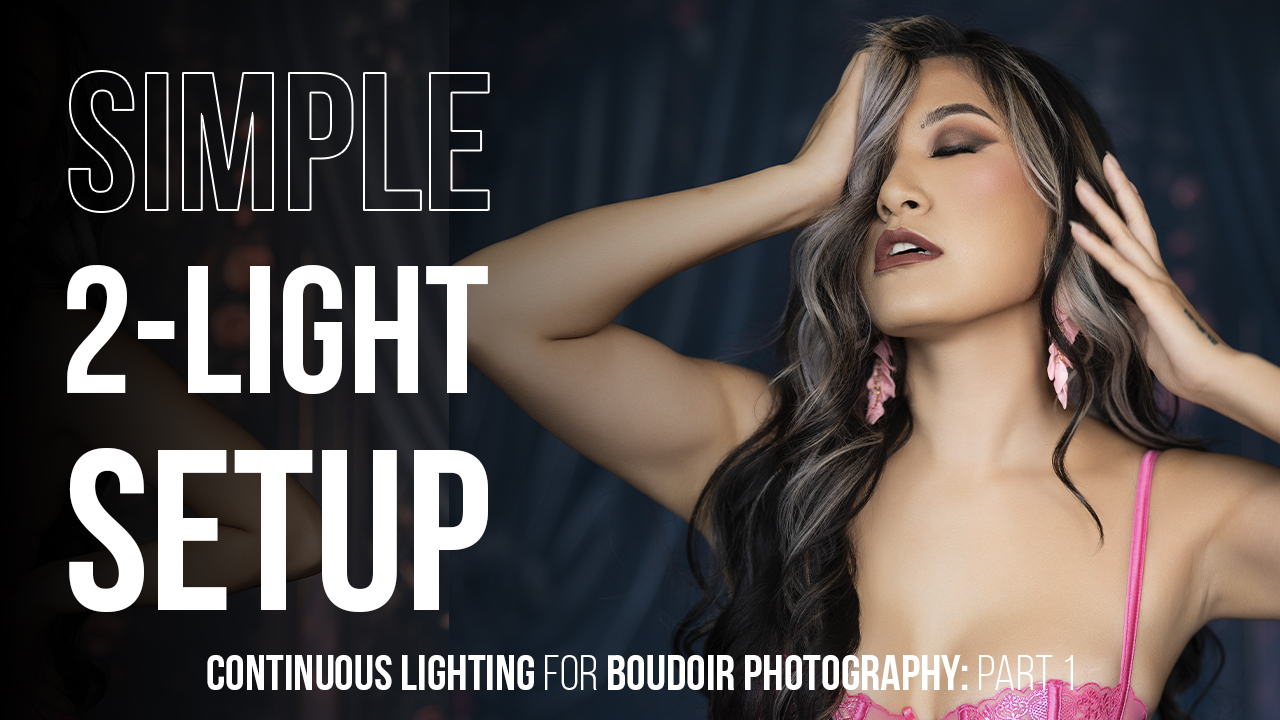Shades of Gray: Black & White Photography for Boudoir with Amber Jones
Do you know when photography was invented? In 1826, 195 years ago to be exact. For nearly 200 years, photography has changed and morphed. It’s so accessible now, we can pull our phone out of our purse or pocket and instantly take a photograph. I am sure that would have blown Joseph Nicéphore Niépce’s mind as the inventor of photography.
When you look back and see the early photographs from the 1800s, what do you notice? I see the grain, deep shadows and beautiful highlights. I see the time it took to compose the photograph and see the light and decide when the right moment was to click the shutter. The time it took to take those original photographs was much longer than now; a standard exposure time was 60 to 90 seconds for a tintype, so think about the time you would need a person to stand still!
Because photography started as black & white, there is a sense of nostalgia. Look back at the famous photographers who shot primarily in black & white like Ansel Adams and Richard Avedon, and let’s not forget Vivian Maier. There is so much to learn and study from their photography. Their use of light and composition is incredible. Let’s break down the key elements of black & white photography, specifically from the boudoir side of things.
CONTRAST
Contrast and all the shades of gray is what makes photographs dynamic. Muddy and muted pictures don’t do it for me. Below you can see a progression of photos. Photo A is the color photo. Photo B is one of my favorite black & white presets, and there is a richness to the shadows and the blacks. Photo C is adding grain, which is an ode to the gorgeous old black & white film that had the grittiness that some of us long for in the digital age. Photo D is what I don’t like; it’s flat and doesn’t evoke any emotion. Now don’t come yelling at me that a mid-tone gray photograph can’t be pleasing because it can be, but it isn’t easy!
